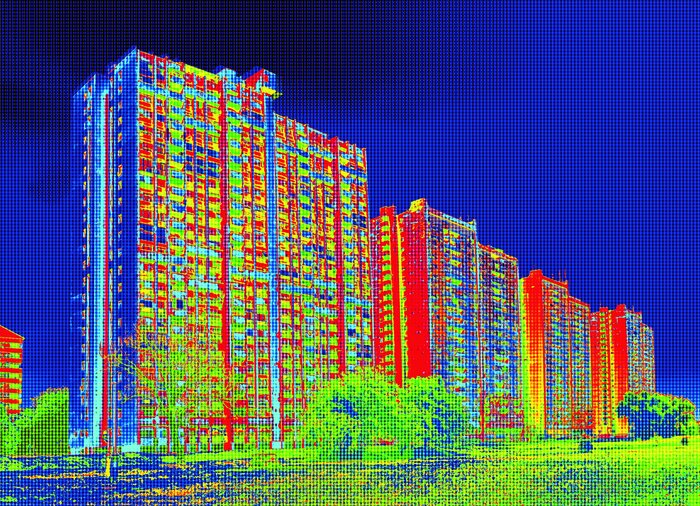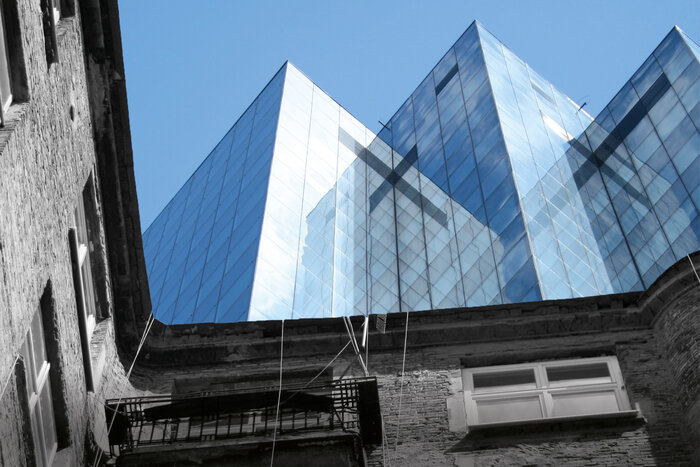Sustainable urban planning
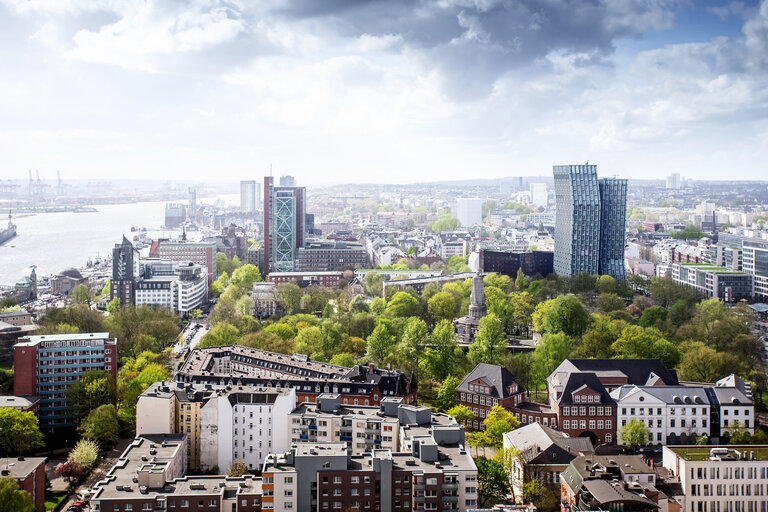
We associate our cities with certain spatial characteristics: vibrant downtown areas, adjacent residential neighborhoods with occasional restaurants and cafés, together with clusters of office and commercial buildings. Industrial properties and suburban structures are located in the outlying areas. For us, it is the classic everyday city.
If we form a specific picture of a fictitious day in the place where we live: what does this day look like for us? In the morning from the apartment to work, then to sports or shopping, and in the evening we meet friends or acquaintances. Of course, this is only a generalized outline of everyday life. But we quickly realize that our lives are very much dominated by mobility. That is a good thing, too, because it creates our diverse cities.
This makes it essential to develop mobility systems that focus on people as users, instead of cars. Unfortunately, the status quo usually tends to be the opposite. Cities around the world complain about congested roads, polluted air, expensive housing and long commutes. These circumstances are further exacerbated by the strong growth of urban centers.

View on traffic junction: The trends illustrate that a large part of the wrestling with climate change will be won in cities.
Sustainable urban planning: Let's venture it
In the future, cities must deal with the consequences of climate change and continue to develop. Smart cities offer livable alternatives in this respect. Instead of being dependent on fossil fuels, they can meet the challenges of a diverse and mobile urban society. The ‘elastic’ city features flexibility in relation to demographic, digital and environmental changes.
This requires not only a rethink of mobility systems, but also adjustments to housing strategies, retail structures, urban logistics, energy supply, and urban development. One essential requirement for implementation is often underestimated: the diverse, affordable and resilient mix of uses in neighborhoods and properties, both horizontal and vertical.
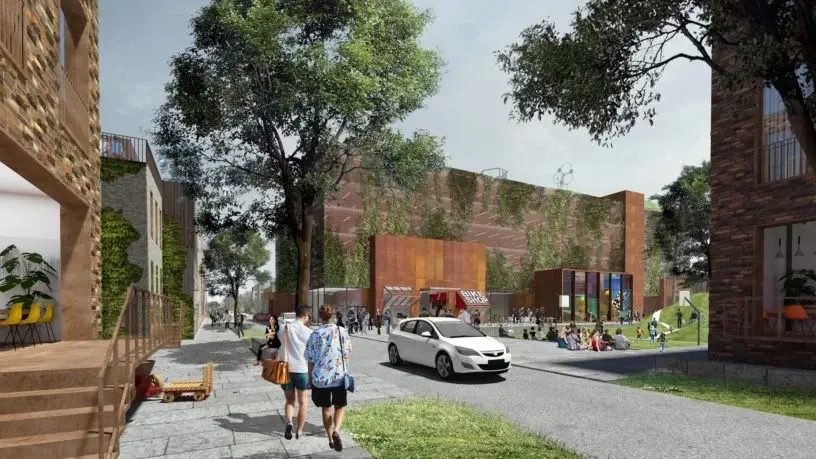
Mobility Hubs Hamburg-Oberbillwerder
‘Let's develop sustainable real estate products. Let's venture it – more mixture!‘
By increasing the proportion of mixed-use structures, experts can create greater resilience for cities. Real estate can thus bring together a range of functions as the focal point of a city: vertically intermixed neighborhood hubs. On the one hand, this reduces traffic flows and local emissions, and on the other, it promotes hyperlocal meeting spaces with social and infrastructural functions.
Requirement: A shift in the conception of real estate
A clear picture emerges when looking at current property asset classes. The asset classes are dominated by real estate products that are clearly defined in terms of use, with little scope for different uses, both in the construction phase and during the life-cycle.
Do these clear-cut asset classes measure up to a fundamentally changing society with constantly growing challenges?
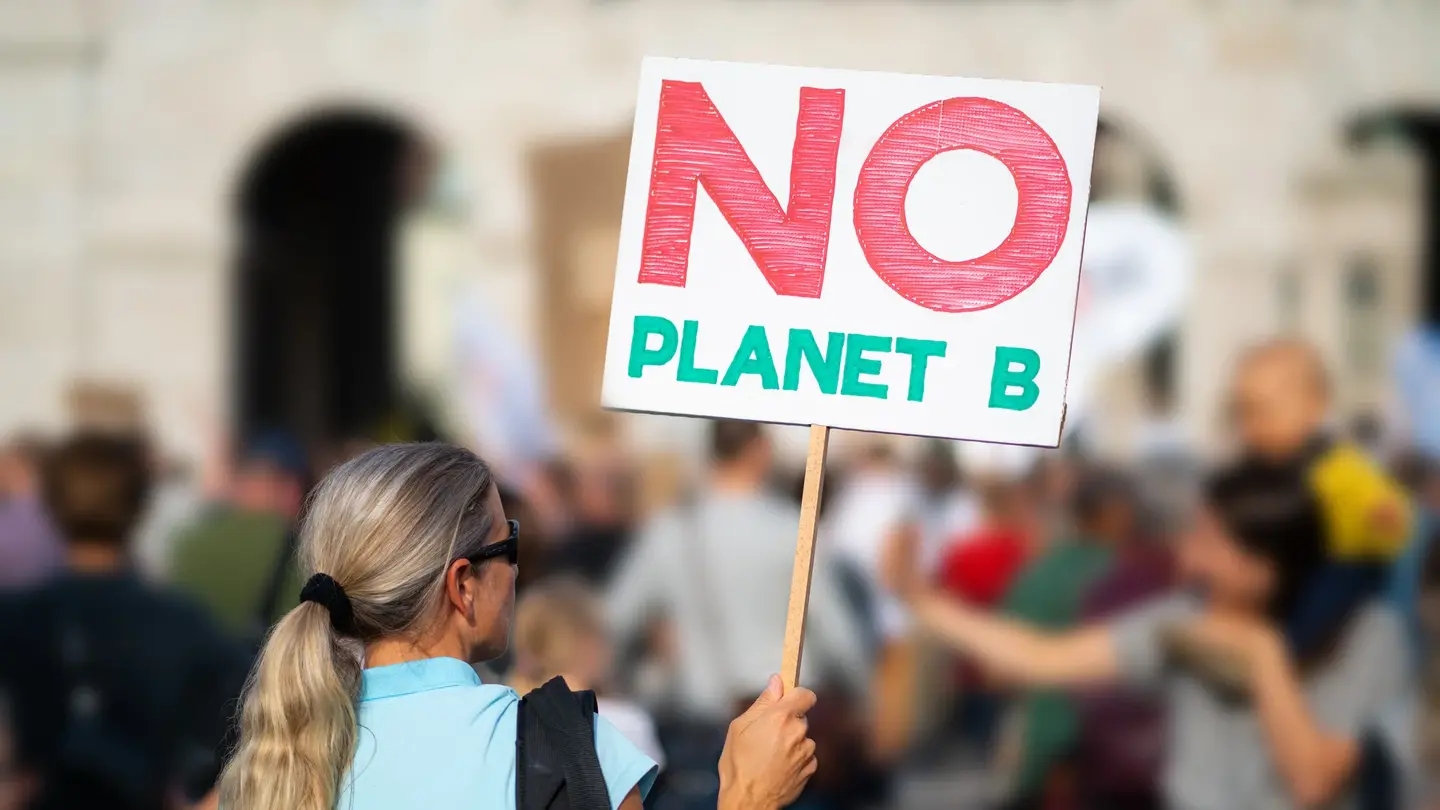
No Planet B
There are limits to the flexibility of existing real estate asset classes when use of the property is considered, despite the advantages, such as market demand that can be determined, proven business models, calculable yield expectations, and structural and architectural fundamentals.
These limits must be overcome in the interests of sustainable urban development. In order to supplement the existing asset classes with the option mixed-use urban real estate, real-life laboratories and references are needed to test operator models and usage structures for this type of real estate. The attractiveness and potential for investors would thus quickly become apparent.
The best-known hybrid building is probably the Elbphilharmonie concert hall in Hamburg. In addition to concert halls and rehearsal rooms, the building houses 45 condominiums, a hotel with 244 rooms, a car park, restaurants, a bar, and even a public viewing platform, the Plaza, at a height of 37 meters.

Elbphilharmonie Hamburg
One problem, however, is that there are currently no generally applicable recipes for success in implementing mixed use. Ultimately, the Elbphilharmonie concert hall does not represent a universally transferable building.
There are three basic requirements for mixed-use properties
- Suitability of the location: specific requirements for mixed use, based on location and the quality of the surrounding area.
- Key structural-architectural concept including location image: taking into account the provider’s structure and interests, as well as the owner's structures and interests.
- Support for process management: supervision of the entire planning and realization phase, as well as the period of use.
How, for example, a neighborhood hub can be constructed as a mixed-use property is debatable, with the solution specific to a particular environment. Significant aspects to be derived in this respect include the usage options and building design based on the dimensions of sufficiency, consisting of (1) ‘make better use‘, (2) ‘produce differently‘ and (3) ‘consume less‘.
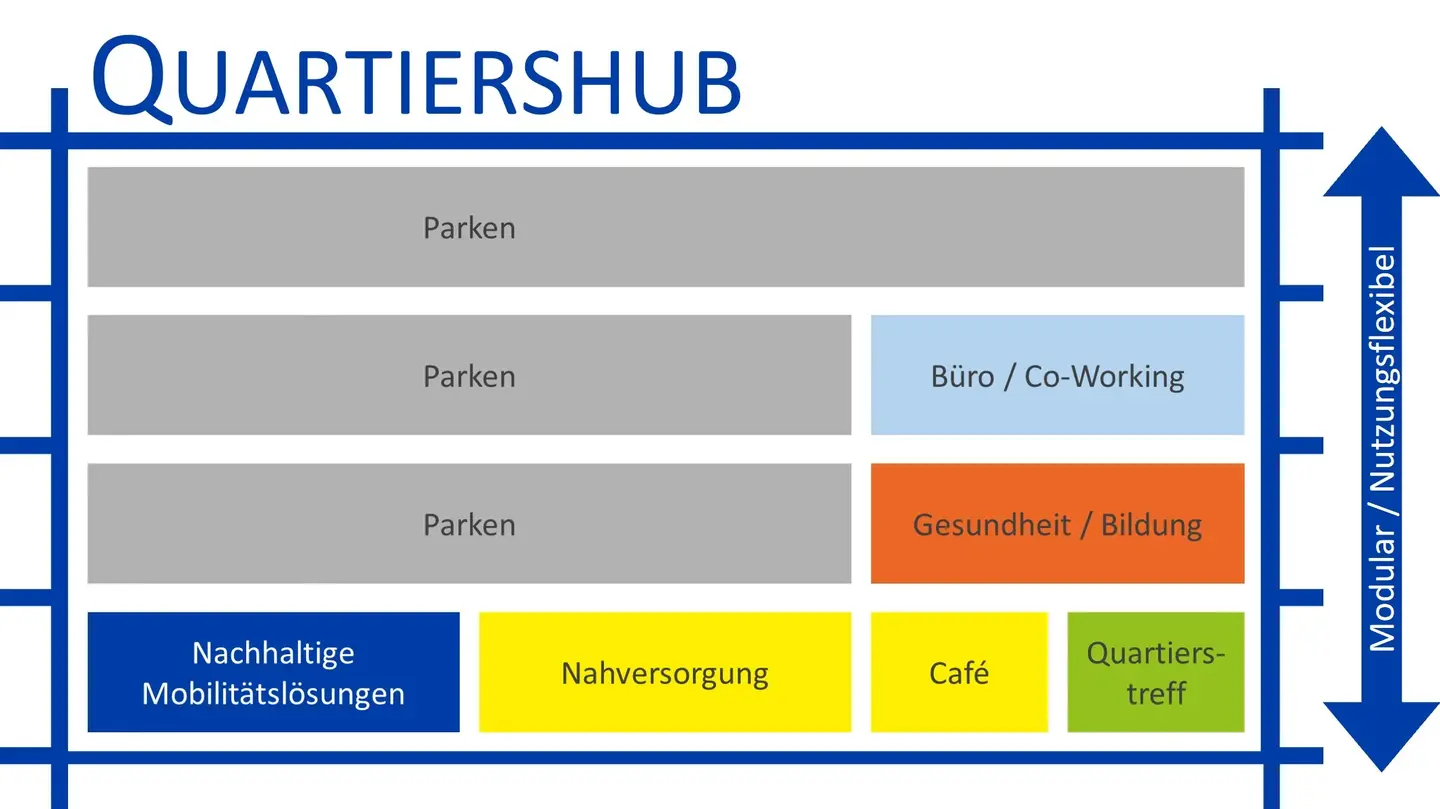
Neighborhood hub – Usage options
3 propositions: potential for resilient and elastic cities
What is certain is that mixed-use urban properties have potential for resilient and elastic cities.
- Make better use: Cities need change. Mixed-use and modular real estate increases this adaptability. Space can thus be used more resiliently over the entire life-cycle, and can adapt better to society's needs.
- Social interaction: Cities are and will remain places of interaction. Mixed-use properties create interfaces. In addition, social interaction within the district is strengthened by the neighborhood hub's infrastructure for local amenities and community needs.
- Consume less: Cities can save. By combining several usage options within one property, the compact city is created. By pooling resources, the stages of the transport route are reduced, and traffic-related emissions are lowered.

Sources:
Berding, Nina; Bukow, Wolf-D.; Cudak, Karin (2018): Die kompakte Stadt der Zukunft: Auf dem Weg zu einer inklusiven und nachhaltigen Stadtgesellschaft. Springer VS, Wiesbaden.
Trösser, Susanne (2018): Urbanität auch in Neubaugebieten schaffen: Von der horizontalen zur vertikalen Nutzungsmischung. Reihe: vhw FWS 3, Mai - Juni 2018. Selbstverlag des vhw - Bundesverband für Wohnen und Stadtentwicklung e. V., Berlin. S. 157-159.
Neumann, Tim; Ziesler, Uwe; Teich, Tobias (2020): Kooperation und Innovation für eine nachhaltige Stadtentwicklung: Forschung mit innovativen Kommunen. Springer Fachmedien Wiesbaden GmbH, Wiesbaden.
Forlati, Silvia; Peer, Christian Peer (2017): Mischung: Possible! Wege zur zukunftsfähigen Nutzungsmischung. Selbstverlag der TU Wien, Wien.
Fraunhofer IAO (2022): Fraunhofer IAO Jahresbericht 2021/22 – Zukunft nachhaltig gestalten. Selbstverlag des Fraunhofer-Institut für Arbeitswirtschaft und Organisation IAO, Stuttgart.

